The concept of remarketing is pretty simple when you think about it.
The goal is to bring back the site visitors who showed intent to convert but stopped just short of the purchase.
You bring them back, nurturing them along the way until they do finally become a new customer.
In fact, 99% of e-commerce shoppers won’t convert on the first visit.
But 75% of those people still have the intent to return to your site.
That’s where remarketing comes into play.
If we don’t retarget those site visitors who showed a willingness to convert, we risk losing out on countless sales.
Especially when you’ve already done all the hard work. These people are primed and ready to go.
You just need to use the right trigger to get them to do what you want.
Basic search-network ads might convert better than display remarketing ads. But remarketing costs are significantly lower.
Plus, ad fatigue doesn’t set in as fast.
Your ads stay relevant because they’re personalized.
Each one targets a specific visitor. It changes based on what that person has done on your site or what they’ve already seen.
I’m going to show you my favorite revenue-boosting remarketing campaigns that can bring your conversion rate back to life.
1. Sequential remarketing
Life would be easy if you only sold one product to one customer.
That way, every single interaction could be scripted. You’d know everything there possibly was to know about that sale.
Unfortunately, that’s not the case.
You probably sell different products and services to different people. That makes things a challenge.
Every person who comes to your website, for example, has something different in mind.
There’s no way to predict or guess what each one wants right now.
You can’t just use one generic retargeting ad or campaign, then.
You need to try several different ones.
That’s where sequential remarketing becomes the perfect option.
Essentially, sequential remarketing matches a different offer to each stage in the buyer’s journey.
That way, no matter where they are in your funnel, you have a specific offer to target them with.
For example, you can use sequential remarketing to target blog visitors at the top of your funnel.
So it might show a simple e-book first.
And then, as they move closer to converting, you can update the offer to focus on your products or services.
The idea is to ease these visitors down the conversion funnel rather than scaring them off with high-intent ads.
This method of remarketing is similar to drip-based email campaigns.
Like a drip email campaign, you initially send one ad offer.
Based on the actions taken, you keep sending offers as they move closer to converting.
The best way to use this tactic is to segment your remarketing lists based on the pages they’ve visited. Or you can also look at how many times they visit.
You can also use sequential retargeting to figure out exactly which offer converts best.
For example, let’s say that you want to bring blog readers back to your site to become a lead.
Which lead magnet works best? An e-book, checklist, or free source?
No idea, right?!
Everyone’s different.
So you can cycle through each one for the same exact audience to see which gets the most clicks, opt-ins, or downloads.
For example, check out how Perricone MD uses this remarketing tactic.
The first time you visit their site, they target you with a limited-time discount.
Then, if you don’t convert on that ad, they remarket you again with new messaging and a new CTA:
Here’s a perfect example of how you might cycle through different offers in a long sequential-remarketing sequence:
This sequence is perfect because it incorporates a mixed bag of offers, messaging, and CTAs.
Using a variety of ad copy and CTAs can help you push people through the conversion process without driving them away for good.
Here, I’ll show you how to set up this type of remarketing campaign on Facebook to guide people from one stage to the next.
You’ll need to set up a new custom audience in the Facebook Business Manager:
Click on the “Create Audience” drop-down and select “Custom Audience.”
These custom audiences will allow you to customize your ads and CTAs for different audience stages.
For example, if someone interacted with your Facebook page and watched a video, you can make a specific audience for them.
Or you can make an audience for time on site. You can do just about any other tracking you can think of.
Next, you can choose between website traffic, app activity, or engagement:
Any of those three options for a custom audience will work since they are all based on visitors taking specific actions.
Let’s start with engagement so I can show you how this works.
After selecting, you can create your custom audience based on multiple different engagement actions:
For this example, we’re going to do Facebook Page interactions.
Once you click on Facebook Page interactions, you can choose the specific engagement to target.
Choose the “CTA Button” metric, for example, to track people who expressed interest in your products and services.
It means they clicked on your website and browsed around to see how you could help them.
Do you want to target basic visitors instead? Choose “Anyone who visited your Page.”
You can customize multiple audiences based on every single factor on that list!
That’s the beauty of it. You aren’t limited to one option because you can simply create new audiences.
Here’s what the final audience selection should look like now:
This example would help you target people who are ready to give you information in exchange for a lead magnet.
You can also create multiple audiences by selecting “Website Traffic” instead of Facebook Page engagement:
Now you can implement diverse sequential-remarketing offers for tons of different scenarios.
Let’s say that you want to target specific web pages, like anyone who visits just your blog.
Or maybe you want to focus on the most-engaged website visitors only. You can select the top 25% of people who spend the most time on your site.
Or target prospects by the specific web page to see if they’re interested in converting. You can then refine the strategy by adding a frequency measure:
Now you’ve got a custom audience to remarket to based on pricing-page visitors who visited 2+ times.
This helps because now you know these visitors are interested in converting!
Next, you can set up an audience for the middle of the funnel by sending offers to those who visited your blog multiple times.
The options are almost limitless, and you can sequentially target anyone in any stage of the funnel.
Next, let’s focus on what you should do in each campaign to drive the most conversions possible.
The trick is to ‘shift’ your value propositions in each ad. Here’s how to do it.
2. Value proposition shifting
Most websites convert visitors at a 2% conversion rate.
That means that 98% of the people who land on your site aren’t doing what you need them to do.
98% of people are ditching your website and probably clicking back to Google to view a competitor’s site.
If you find yourself in that boat, don’t worry. There’s still hope with value-proposition remarketing.
Likely, your original offer on your landing page or site wasn’t compelling enough for visitors to take notice.
It wasn’t differentiated from the competition. It didn’t stand out.
Or maybe it was just too ‘salesy’ for them. They were trying to research a problem and weren’t ready to open their wallet just yet.
A big reason that people don’t convert on the first visit is that they either aren’t aware of the need for your product or you didn’t communicate a good value proposition.
What will the customer get that’s worth spending money or giving information?
So if people aren’t converting on that initial value proposition, change it!
Switch it up with different offers and reasons for them to come back and convert.
Here’s an example.
If your landing-page goal is to get people to sign up for a consultation or free trial for your SaaS product, you can remarket the 98% that didn’t convert by using different value propositions:
If your base offer didn’t convert them, shift your value proposition and offer them something they do need right now.
A coupon, for example, can help create urgency if someone wants to delay.
A quiz can help people understand their needs. A live demo might help them see the value your product offers.
All of those are good options. They each might appeal to different people at different times.
You need to try all of them and see what works best.
Here’s how to run a shifting value-proposition campaign on Facebook.
Log in to the Facebook Ads Manager and create a new ad based on an existing remarketing list as your audience.
For the objective, consider using “lead generation” and any of the offer types in that list above.
You can use lead-generation ads to set up downloadable content or content that you want to provide your remarketing list with in exchange for their email.
Next, you can choose what format you want to use.
Carousels can be helpful in providing multiple offers on one ad. They’re perfect for shifting your value proposition with different images.
My main problem with carousels is that they often provide visitors with too many choices. You might create too much analysis paralysis.
Single images can be useful for individual offers like a single e-book or webinar.
The options are nearly limitless.
If people aren’t ready to convert, and you find your conversion rates hovering around the 2% line, you can instead remarket these visitors with new value-based offers to educate them on your product.
Here’s how HubSpot does it:
I am getting this remarketing ad from HubSpot because I’ve visited their site multiple times, yet still haven’t converted.
They figure that their direct product offer isn’t working for me.
So they shifted their value proposition to better suit my hesitancy.
Instead of begging me to purchase, they want to educate me on how account-based marketing and inbound work together.
If I find that offer valuable, there’s a greater chance that I’ll come around to purchase at the end of the day.
This Marin Software ad has a similar value-proposition shifting approach:
Since I’ve visited their site a few times but haven’t converted, they know I’m not ready.
The value proposition now shifts to downloading a guide.
The offer is much less threatening than spending money on their product.
Instead of paying, I can learn more about their service and decide if I really do need their product.
Let’s see what this looks like at scale now.
You don’t just have to lock this down to one guide or one e-book.
People would get pretty sick of seeing that same ad after a few days. Once again, change the message!
AdEspresso did something just like this when they were testing new offers against each other.
For example, the same exact custom audience saw different offers every two days.
The goal was to squeeze as many conversions as possible by testing a variety of different offers.
The custom audience was the same. The format, an e-book, was also the same.
However, the messaging changed every few days.
For example, one person might have been most interested in something about Facebook Ads, while another only cared about Twitter Ads.
It’s kind of like an ongoing A/B test when you think of it.
Running through different offers in each campaign can help you figure out what’s working, what’s not working, and what’s converting the best.
3. Re-engagement remarketing
Remarketing pixels can store visitors from as long as one year ago.
Here’s why that’s important.
You probably have a list of people who visited your website months ago who have already completely forgotten about you.
It’s normal.
They read a few blog posts. Maybe they even downloaded an e-book. But that was it.
They’ve disengaged from your brand.
They might have felt a burning desire for your product initially. But that momentum faded away.
If they’re no longer interested in what you offer, no problem! You don’t need to pay your email-marketing service for extra people that will never buy.
However, if there is still a chance that they’ll buy, it’s time to re-engage them.
This next campaign will be different from your standard coupon or e-book.
You need to give them a free reason to come back to your site.
Coupons aren’t good enough when someone’s been disengaged for awhile.
Instead, you need an offer they can’t refuse.
Ideally, one that has no downsides for them.
Here’s a perfect re-engagement remarketing-email example from Buca Di Beppo:
There’s no catch. No condition. No reason not to take advantage of it!
It only gives Buca Di Beppo another shot at bringing you back to the restaurant.
You can run this type of remarketing via email by uploading your email list into Facebook or AdWords.
Let’s stick with the Facebook custom audience example from earlier.
Here’s how you would set up a campaign like this for old email addresses that have gone stagnant.
This time around, you’ll select “Customer File” under your Custom Audience options.
From here you have two options:
- Upload a CSV file of email addresses, or
- Automatically sync a MailChimp audience
Now you can run ads like the Buca Di Beppo example to get those old-timers back to your site.
If you prefer AdWords, you can do the same thing with Google’s Customer Match Email List.
To get started, sign into AdWords and navigate to the “Shared library”:
Then, click on “Audiences”:
Here, you can begin to set up your new remarketing audience with a list of customer emails.
Upload the CSV file, set an expiration date if needed, and let’s go!
It really is that easy.
Remember that re-engagement remarketing is perfect for reminding those old visitors why they should come back.
Send them offers that don’t require them to give you something in return.
Because chances are, they won’t.
Any bites on the hook you do get should be a cherry on top.
Conclusion
Remarketing is an incredible tool that every marketer should use.
Since website conversions are low (1-3% average), you need to figure out different ways of bringing that 98% back to your site.
No one can afford to lose the majority of their website traffic.
Especially considering all of the time, money, and energy you spent to acquire them in the first place.
Luckily for us, remarketing provides a second chance.
And a third and fourth if you play your cards right.
Even though 98% of people leave your site without converting, 75% of them have intentions of returning.
That means all you need to do is provide them with a compelling offer they can’t turn down.
You start by presenting them with a better offer.
Ideally, one that fits their funnel stage. Then you can use sequential remarketing to offer multiple options and shift value propositions as needed.
You can even re-engage old visitors with free offers that they can’t ignore.
What remarketing tactics have you increased conversions with?








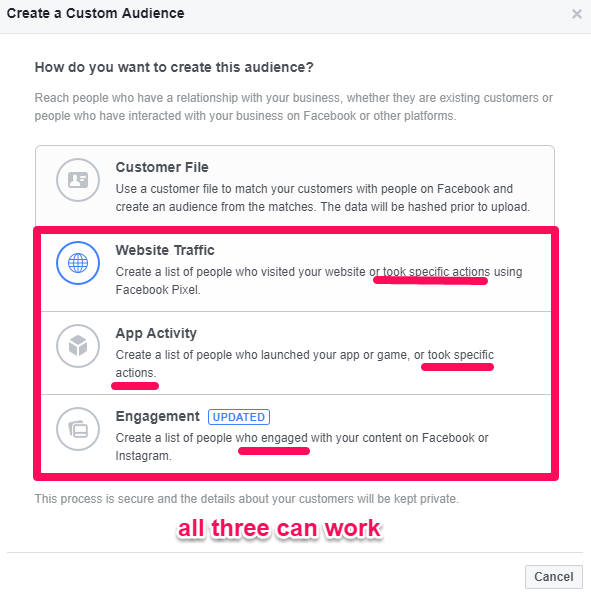
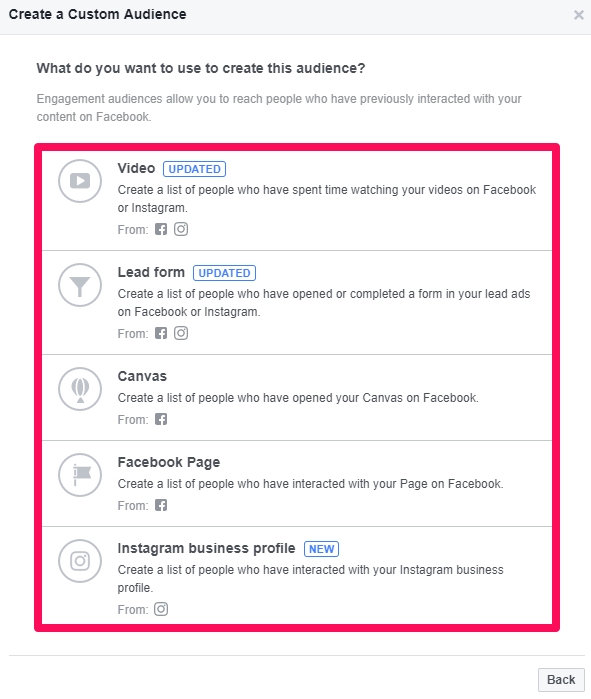
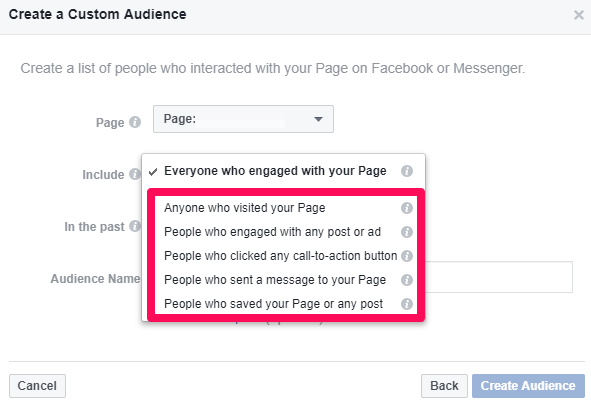
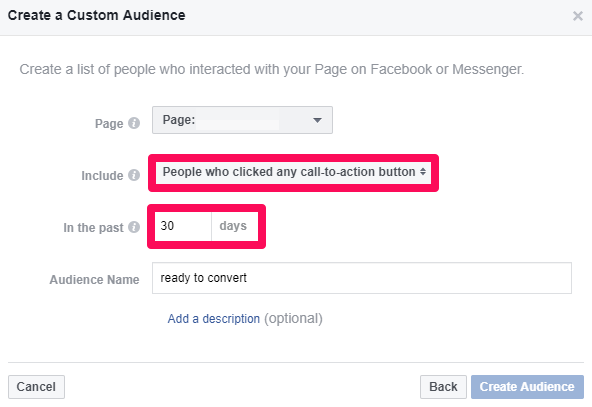
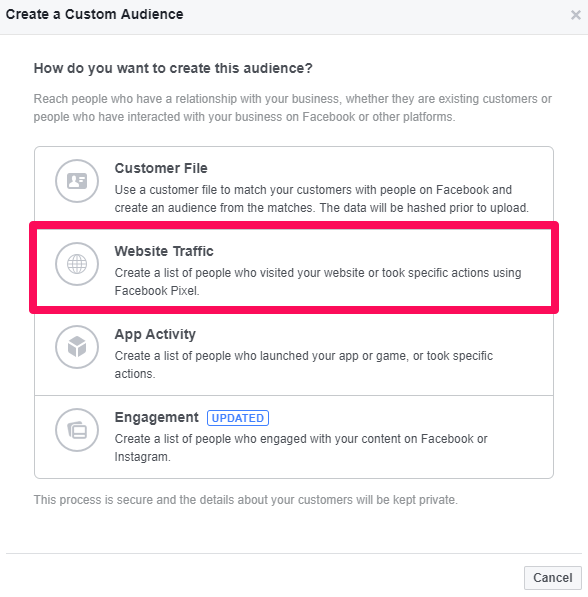

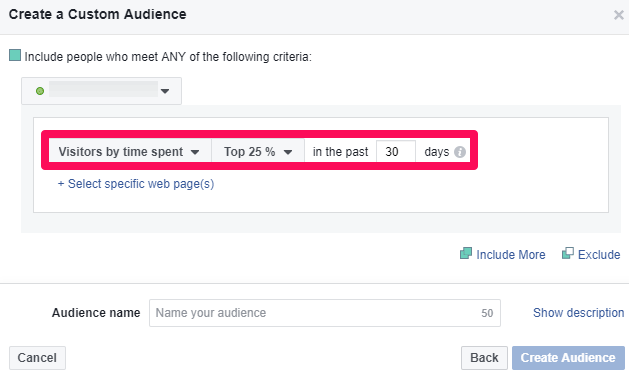
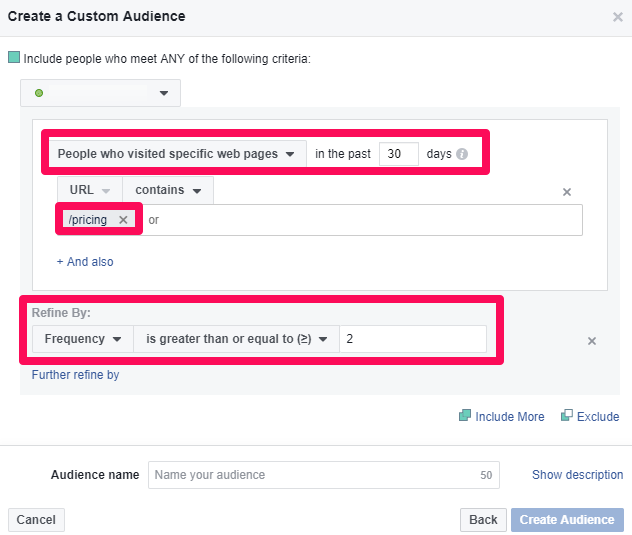
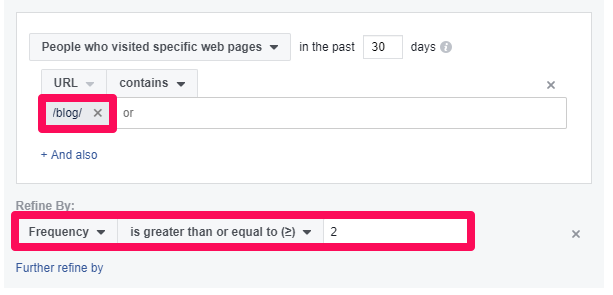
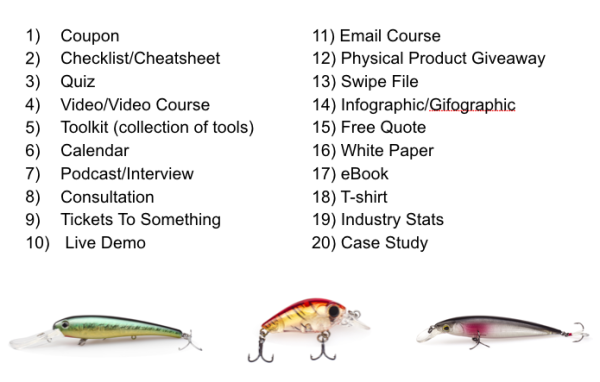


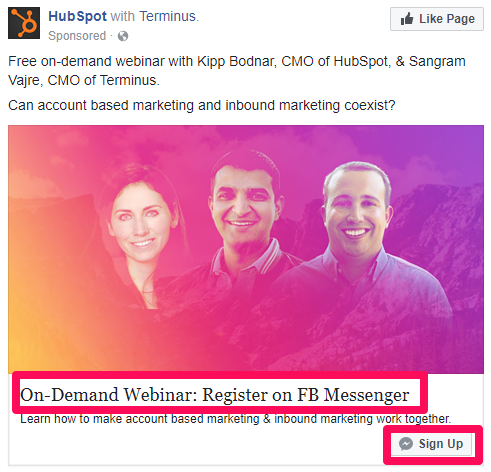
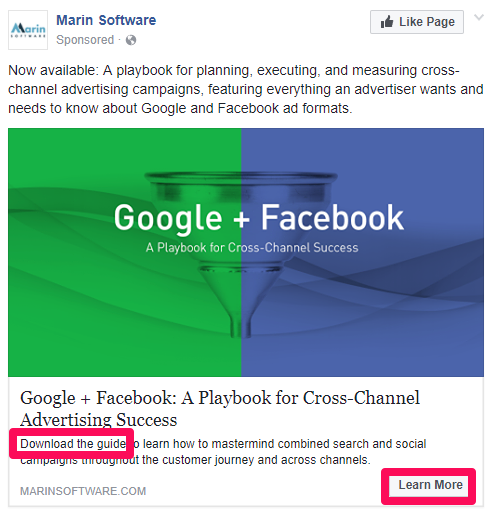
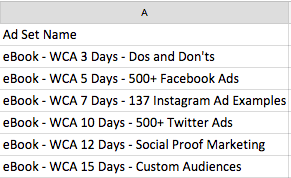
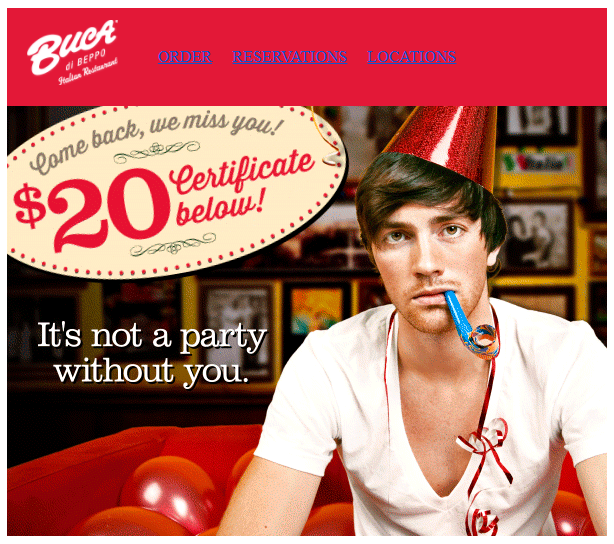
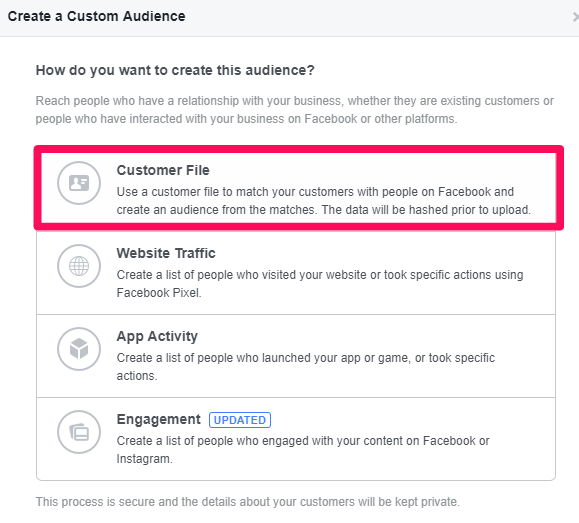
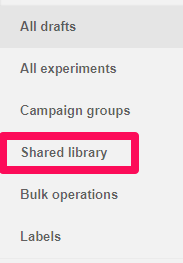
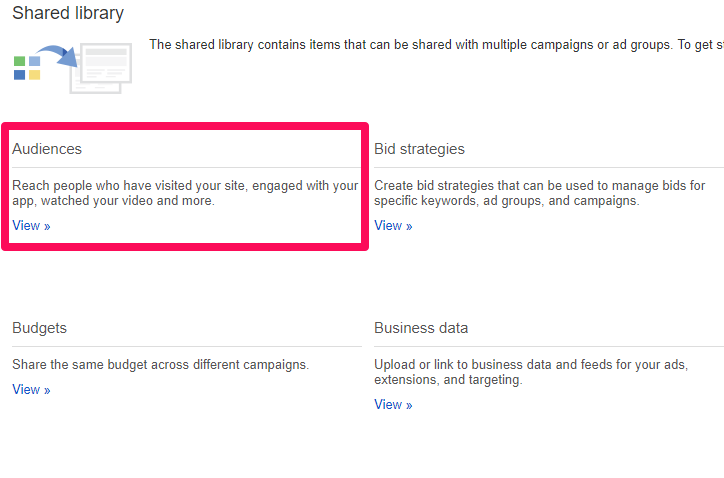
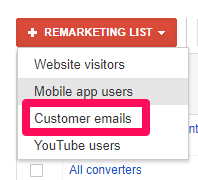
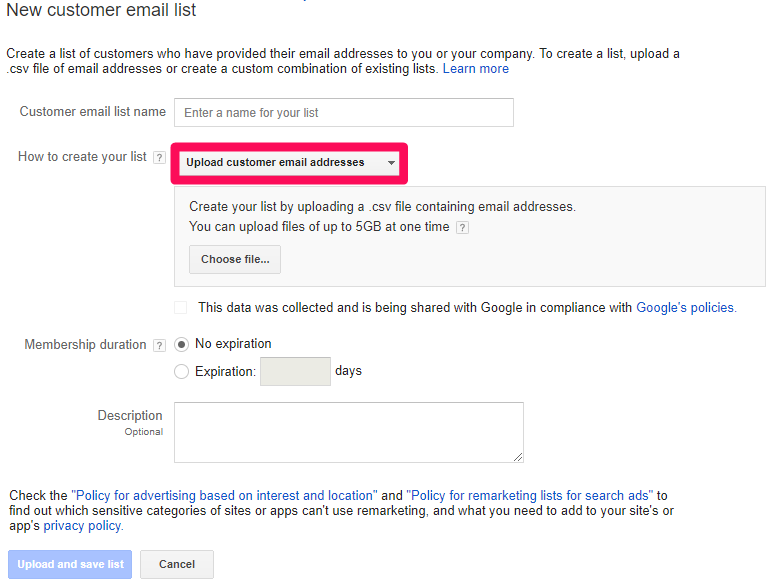
Comments (2)